Smithsonian Gem Adventure #1: Working in a Series
Hi! MJ Kinman here. Welcome to my first blog post as a BERNINA Brand Ambassador.
I like to tell people that I make the biggest diamonds in the world. But instead of working with the hardest substances on Earth I use the softest – cloth. Now that I’ve been creating giant gem quilts for over 20 years, I’m excited to continue the journey with my BERNINA 770 QE.
Char #4 under my BERNINA 770 QE.
Working in a Series
Each of us makes art in our own way, don’t we? In their classic book Art and Fear: Observations on the Perils and Rewards of Artmaking (Capra Press, 1994), David Bayles and Ted Orland make a couple of important points. Our art is waiting to be made, and because only we can make it, we should get on with making lots and lots of it.
I prefer to “get on with making” my art quilts by working in a series. After working on my first two series (“Angle of Repose” and “Bourbon Diamonds”), my next series is inspired by The National Gem Collection. Housed at the Department of Mineral Sciences at the Smithsonian’s National Museum of Natural History in Washington, DC, the “people’s gem collection” includes such beauties as the Hope Diamond, the Blue Heart Diamond, the Janet Annenberg Hooker Emerald, and many other famous gems. Please join me as I research, plan, design, and create this newest series using my BERNINA 770 QE!
The Hope Diamond in its classic brooch. Photographer: Chip Clark. Source: Smithsonian Institution.
The Blue Heart Diamond. Photography: Chip Clark. Source: Smithsonian Institution.
The Janet Annenberg Hooker Emerald. Photography: Chip Clark. Source: Smithsonian Institution.
A gorgeous Ametrine in the National Gem Collection. Photography: Paul Merkel. Source: Smithsonian Institution.
Before we get started, here are a few reasons I love to create art in a series.
Diving Deeper
Working in a series allows me to explore ideas from many perspectives. It helps me think more deeply about a subject, because as I’m working on one piece ideas for the next work fly like sparks.
My current series is the “Bourbon Diamonds” series. Each piece is inspired by an iconic bourbon distillery in my home state of Kentucky. I find inspiration in the physical aspect of a distillery, the distillery grounds and gardens, or the character of the bourbon itself. (Who wouldn’t love the “research” for this series?)
“The unfolding over time of a great idea is like the growth of a fractal crystal, allowing details and refinements to multiply endlessly….” ― Art and Fear: Observations on the Perils (and Rewards) of Artmaking
Between River & Sky (2018) detail. Artist: MJ Kinman. Series: Bourbon Diamonds. Photography: Tony Bennett Photography.
Take the Pressure Off
Trying to express everything there is to say about a topic or an idea in one single work puts tremendous pressure on us. As a result, it can lead to paralysis…which leads to not starting at all. When I know I have the freedom to explore other aspects of an idea in future work, I can fully engage and enjoy the work at hand.
“To require perfection is to invite paralysis….Believing that artwork should be perfect, you gradually become convinced that you cannot make such work.” ― Art & Fear: Observations on the Perils (and Rewards) of Artmaking
Copper Queen (2017). Artist: MJ Kinman. Series: Bourbon Diamonds. Photography: Tony Bennett Photography.
Solve Problems & Develop New Skills
Tackling a new series is an opportunity to explore new techniques or approaches to my work. It allows me to grow not only as an artist, but also as the craftsperson responsible for the quality of the work.
For example, I struggled with how to quilt the first work in my “Angle of Repose” series, Communion. Because I wasn’t happy with my first attempt at machine quilting, I ripped it out and spent the next six months hand-embellishing the surface with tiny stitches in embroidery floss.
Communion (2013) (Detail). Artist: MJ Kinman. Series: Angle of Repose. Photography: Cliff Patrie.
While I loved the time spent on the handwork, it was taking way too much time. So I went back to the machine and experimented with different quilting patterns. After many trials, I landed on a random, non-directional free-motion machine quilting technique that acts as a screen through which the viewer can see the light and color of the gems. Now it’s my preferred technique and one that I teach in my classes. (I’ll share more about machine quilting in a future We All Sew Blog post.)
“At any point along that path, your job as an artist is to push craft to its limits — without being trapped by it.” ― Art & Fear: Observations on the Perils (and Rewards) of Artmaking
Help Your Viewer
Since working in a series allows viewers to contemplate one idea across many pieces, you’re helping them understand your work better. If your viewers include gallery owners, museum curators, and others who plan exhibits, they can better envision your art in a cohesive way on their gallery, museum, or exhibit walls.
“The only work really worth doing-the only work you can do convincingly-is the work that focuses on the things you care about.” ― Art and Fear: Observations on the Perils (and Rewards) of Artmaking
Char #4 (2017) and Old Fashioned New. Artist: MJ Kinman. Series: Bourbon Diamonds. Photography: the Artist.
The Adventure Ahead
I look forward to our journey ahead as we explore possibilities for new work inspired by the National Gem Collection series. Let’s go to Washington, DC to see the collection and meet the curators. If we’re lucky, we’ll get a behind-the-scenes tour. (Fingers crossed!) I’d love to share new designs with you, including the charting process, fabric painting, and final construction. It will all come together next year (2020) when you’ll have the chance to see several of the new pieces on display at the National Quilt Museum in Paducah, Kentucky. (September – November 2020) I’m excited you’ll be joining me — and my BERNINA 770 QE — on the adventure. Stay tuned!
What you might also like
6 comments on “Smithsonian Gem Adventure #1: Working in a Series”
-
-
Wonderful! I think it’s going to be lots of fun. Shine on! – MJ
-
-
That is some beautiful art work, that stands out among the art that I have seen at the Smithsonian.
-
Thanks so much! I hope you are well and working on something wonderful.
-
-
You have combined two of my favorite things. Gemstones and quilting. Looking forward to the rest of your adventure.
-
Gemstones and quilting — always a great combination! Thanks for your kind comments. – MJ
-
Leave a Reply
You must be logged in to post a comment.
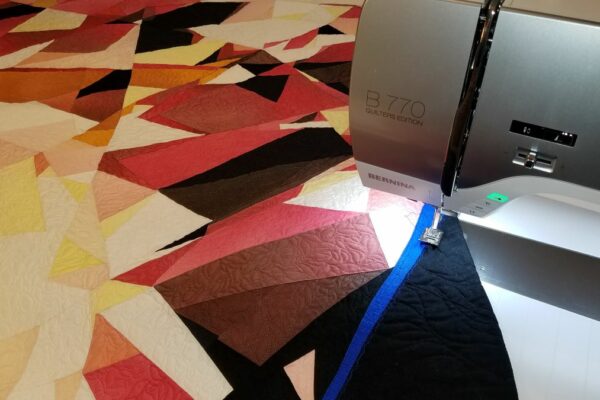
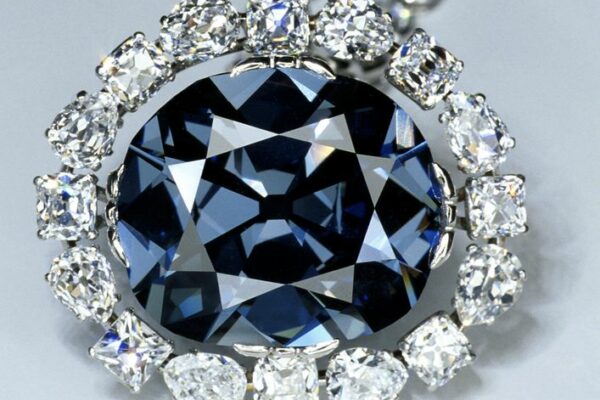

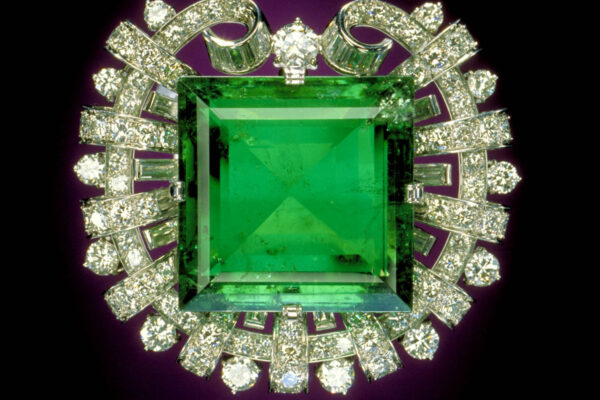
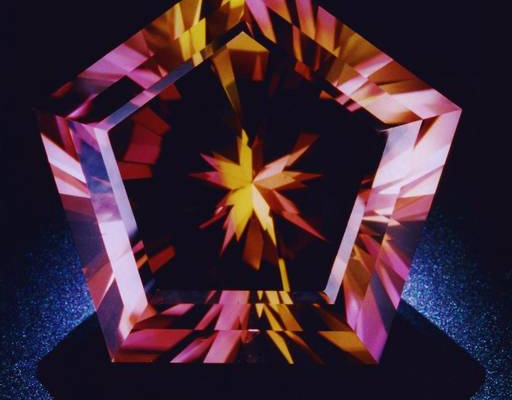
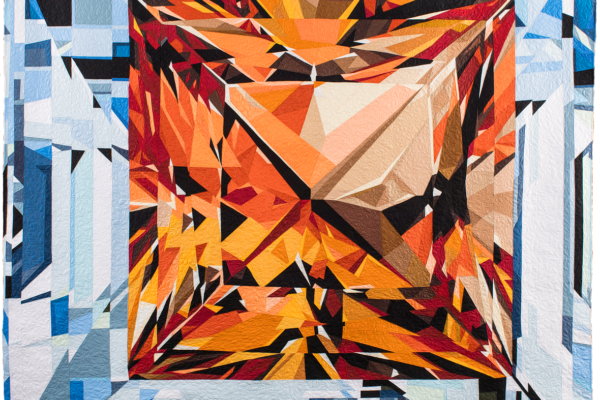
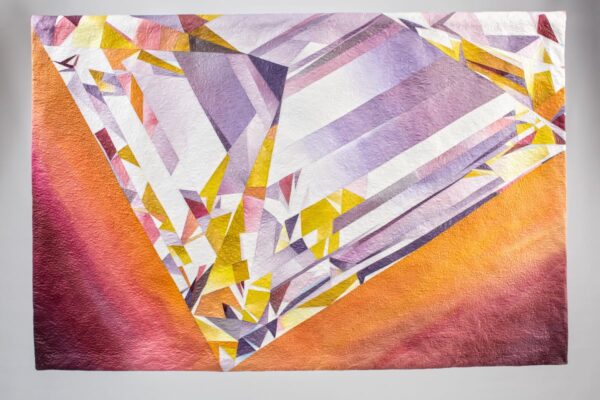
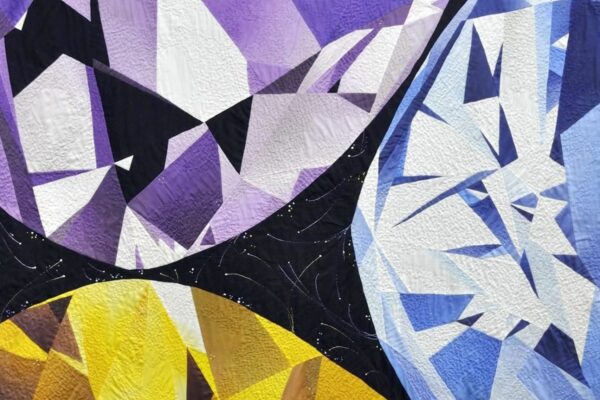
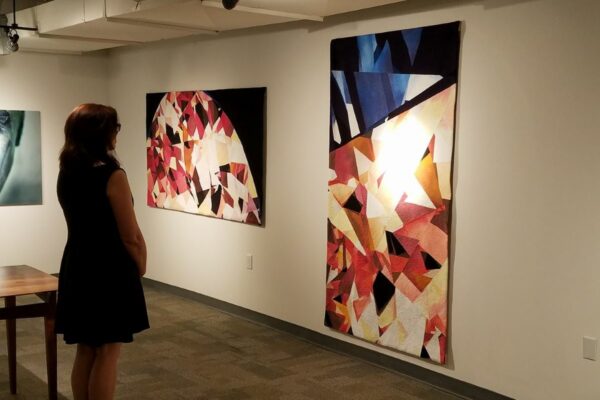
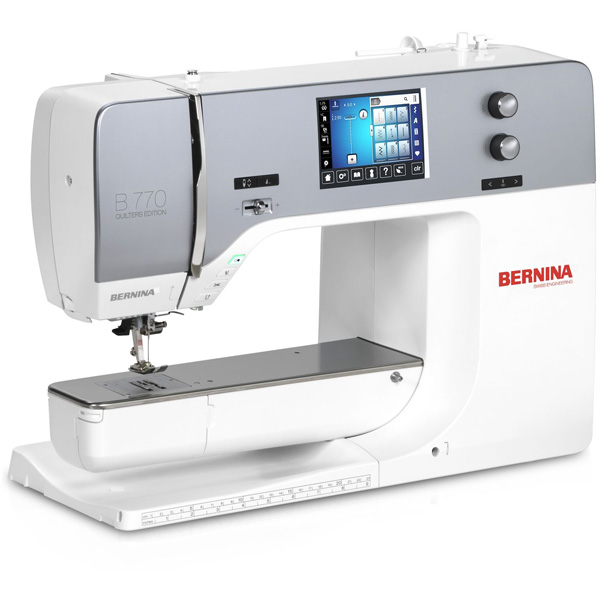
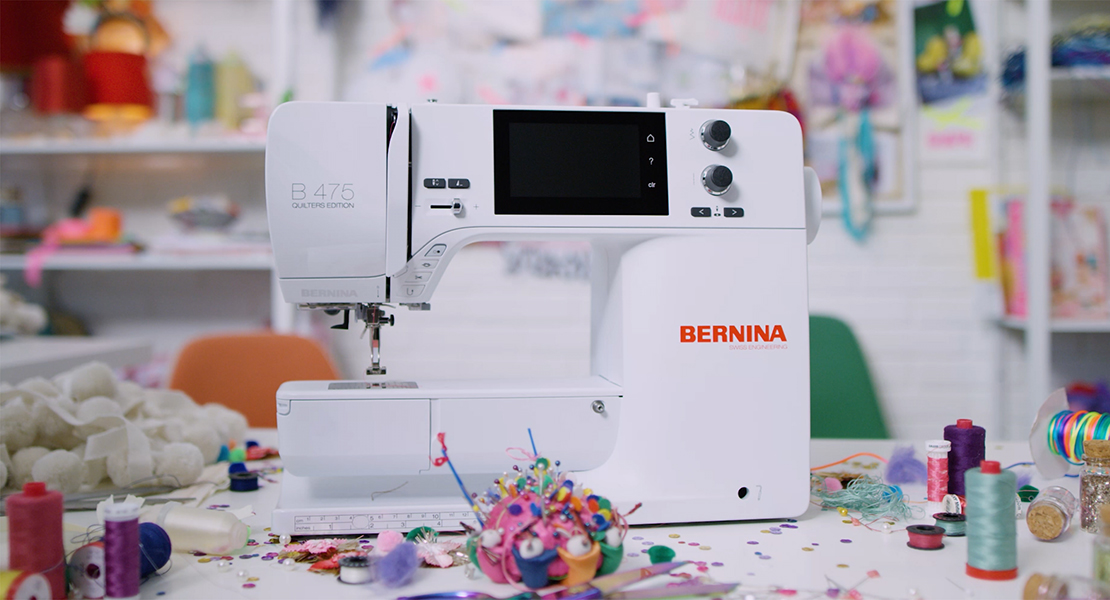
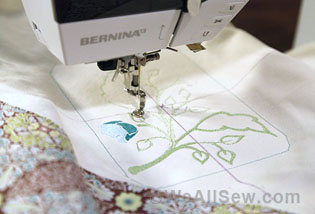
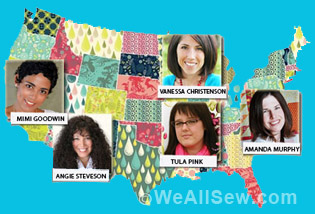
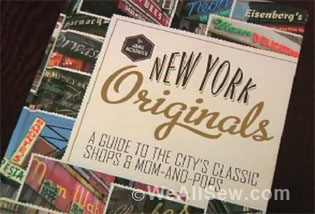

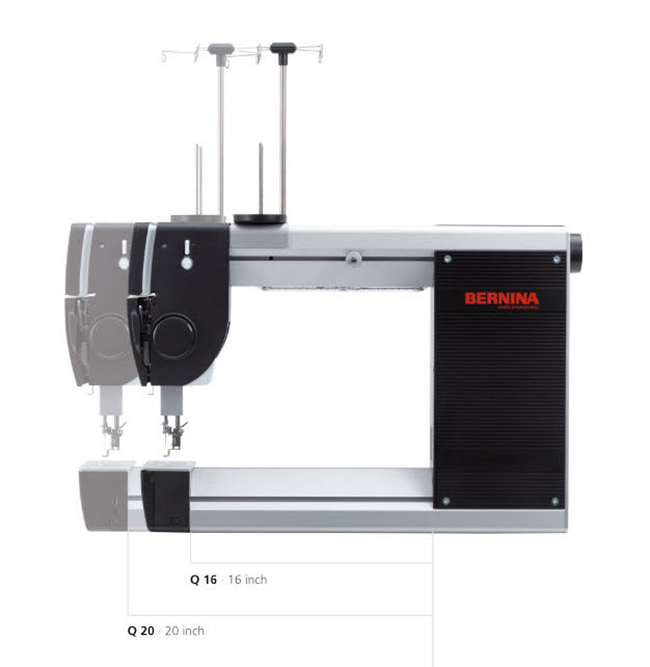
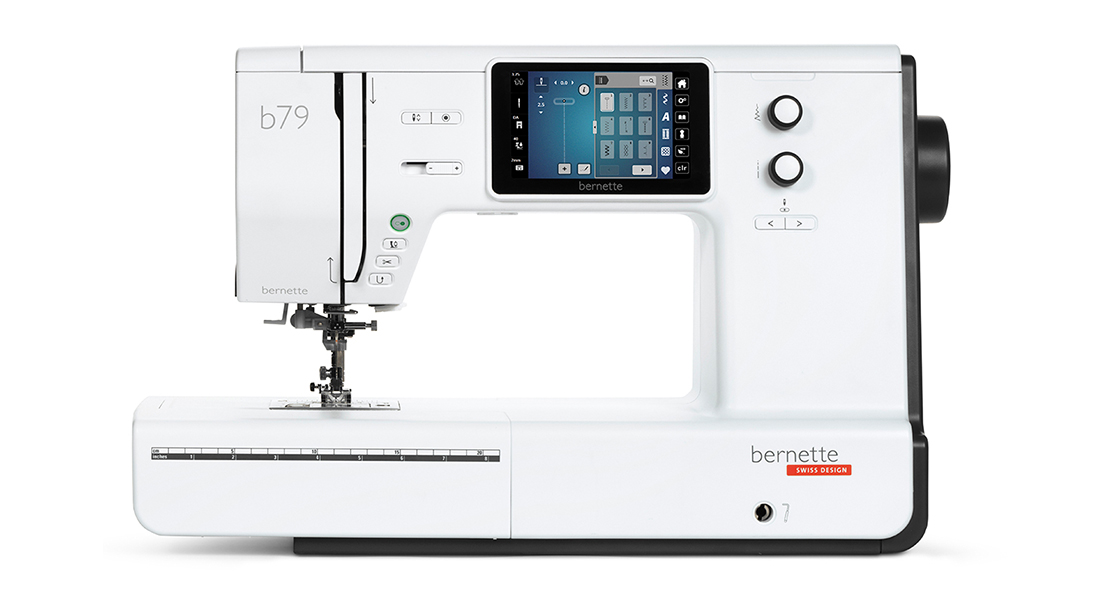
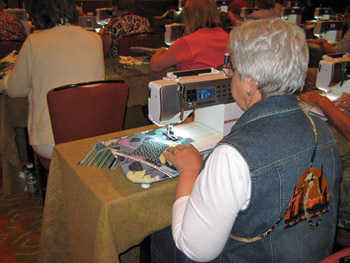
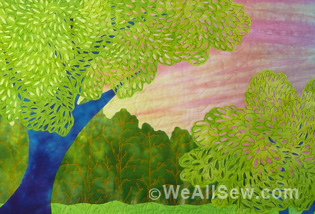
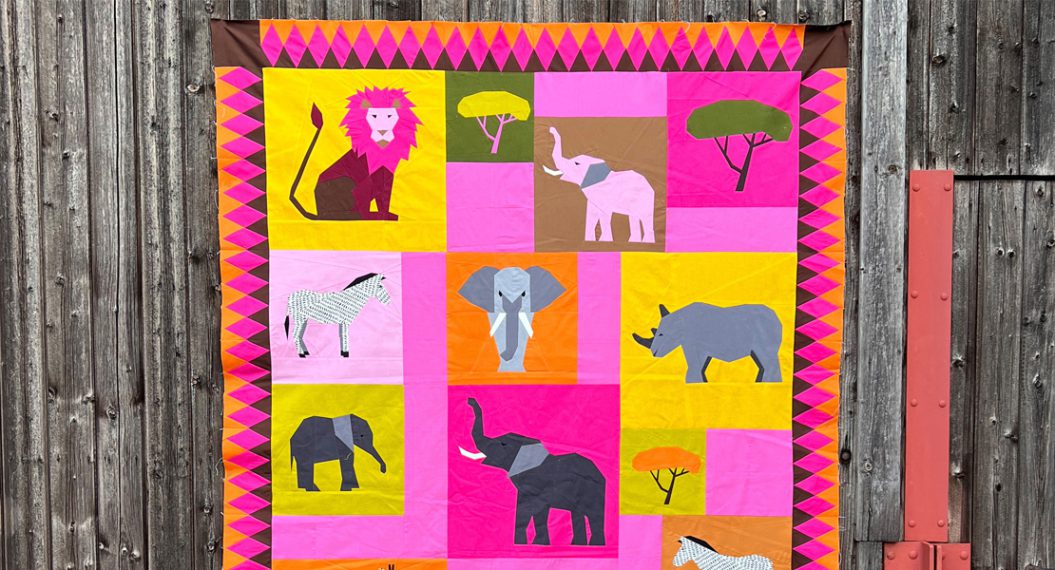
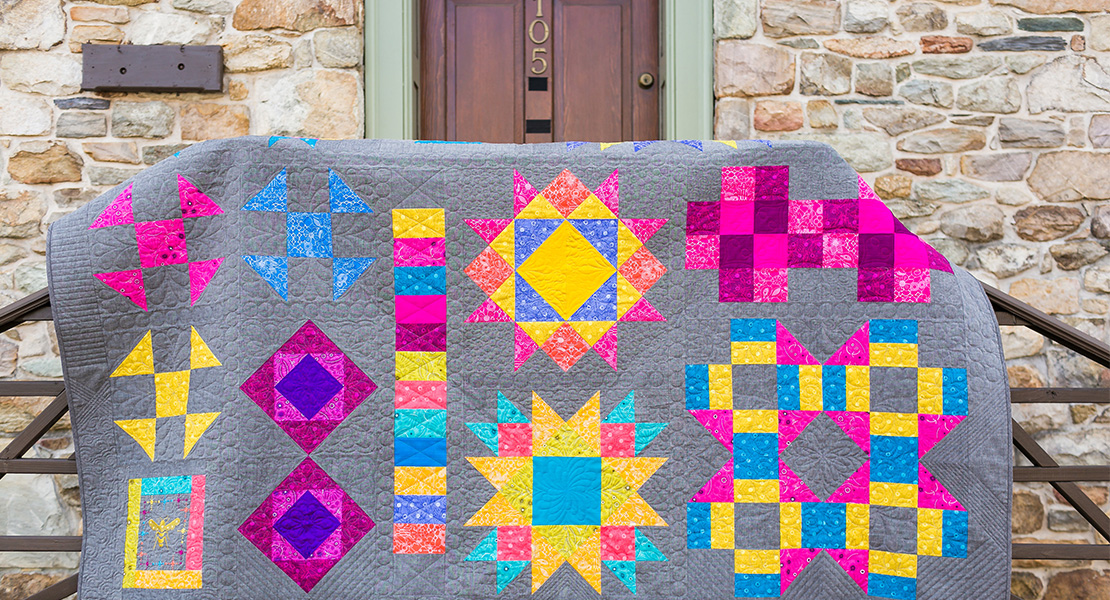
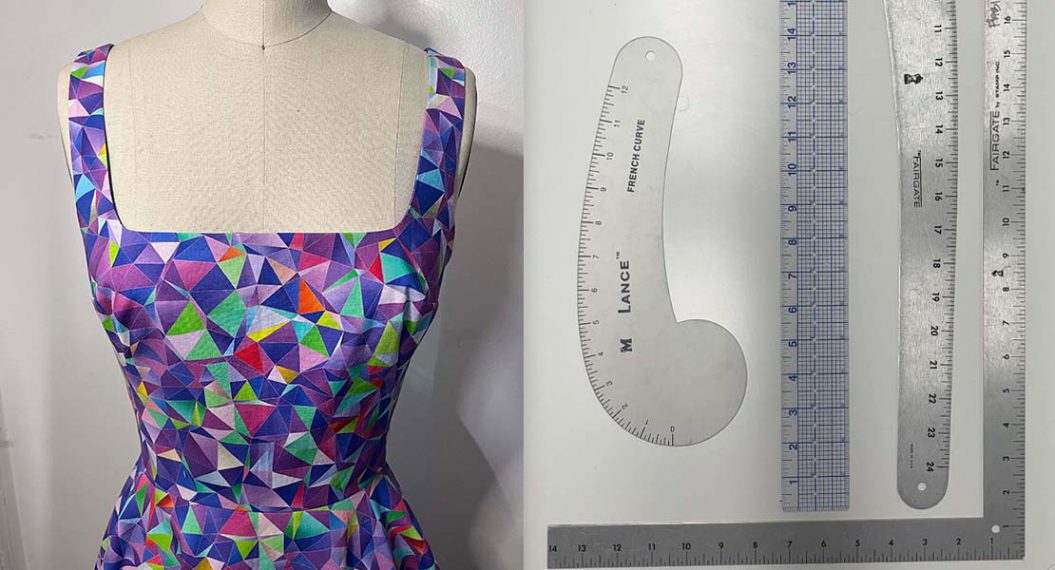
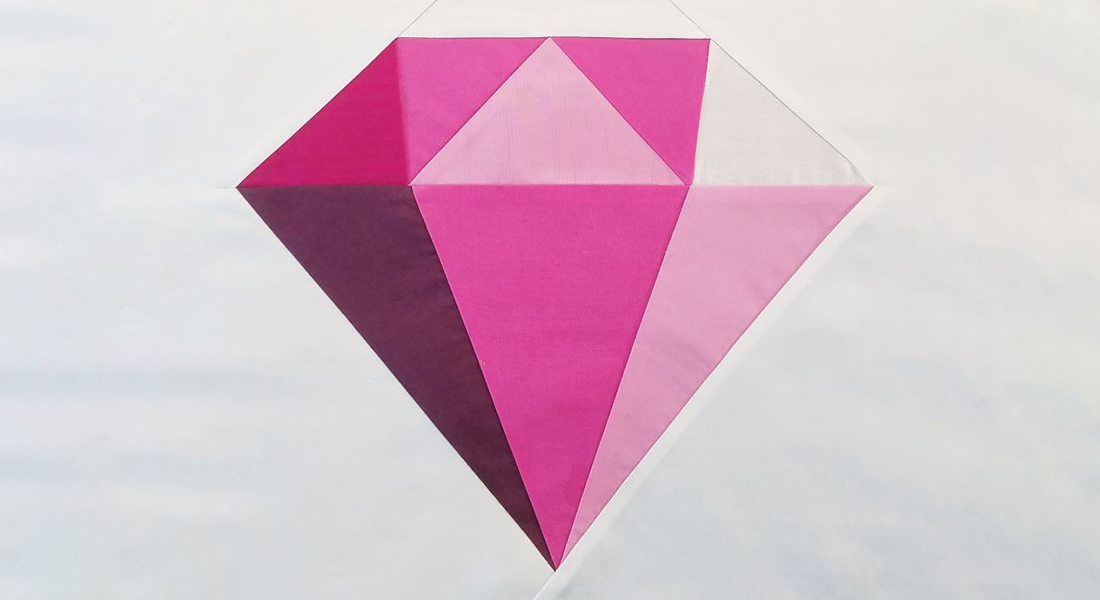
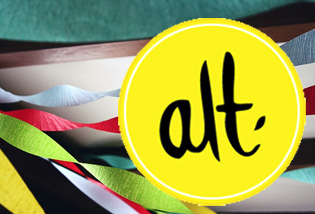
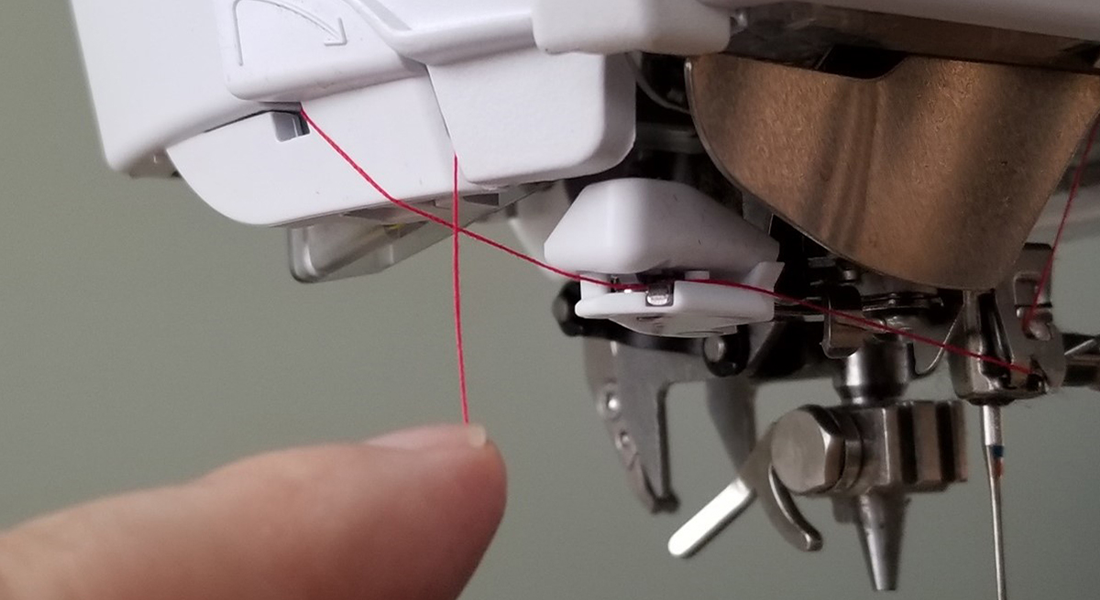
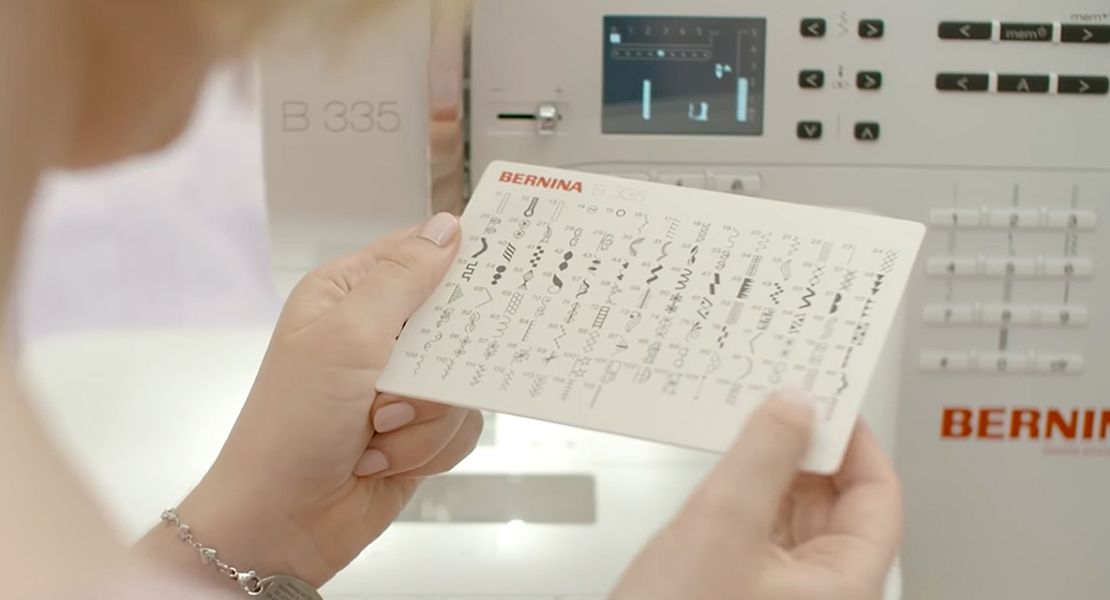
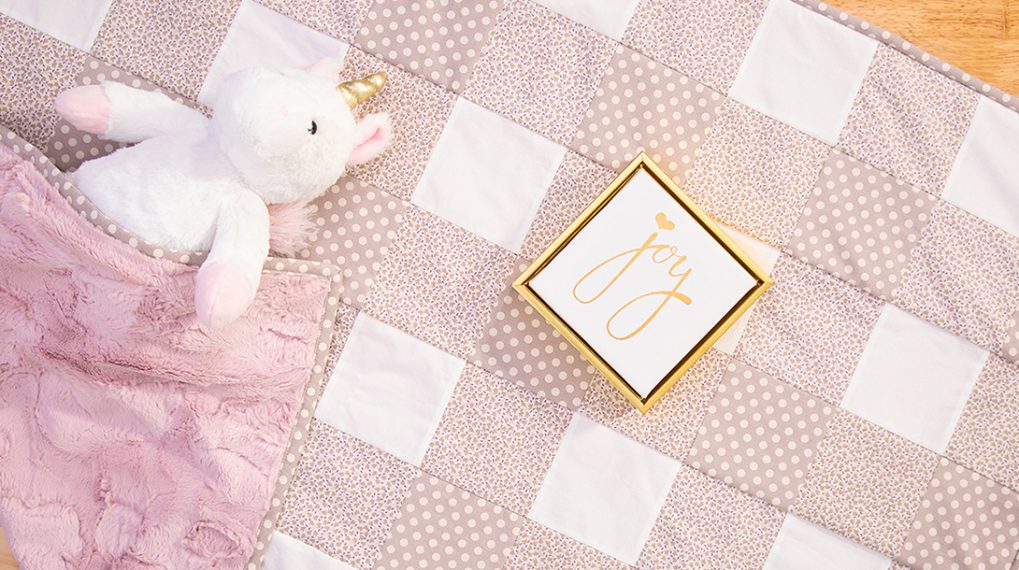
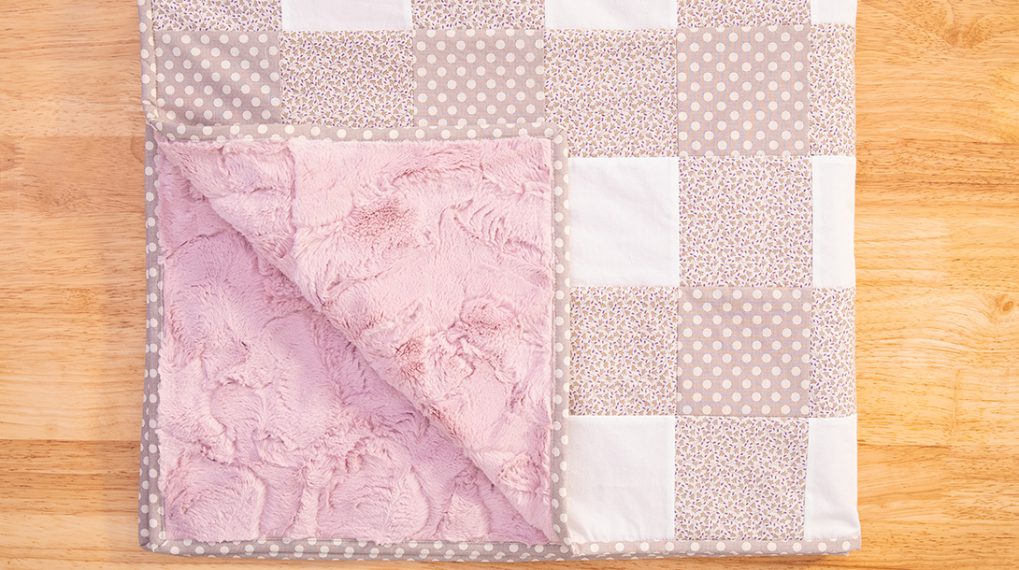
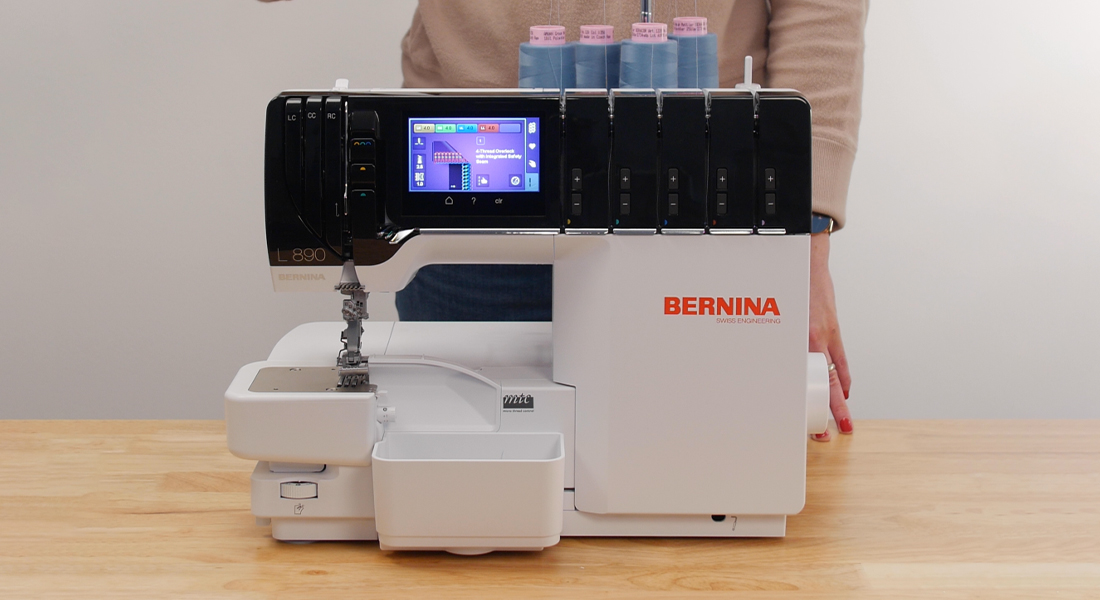
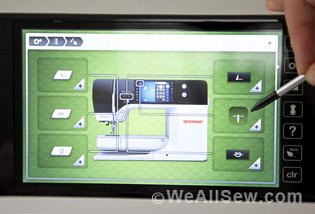
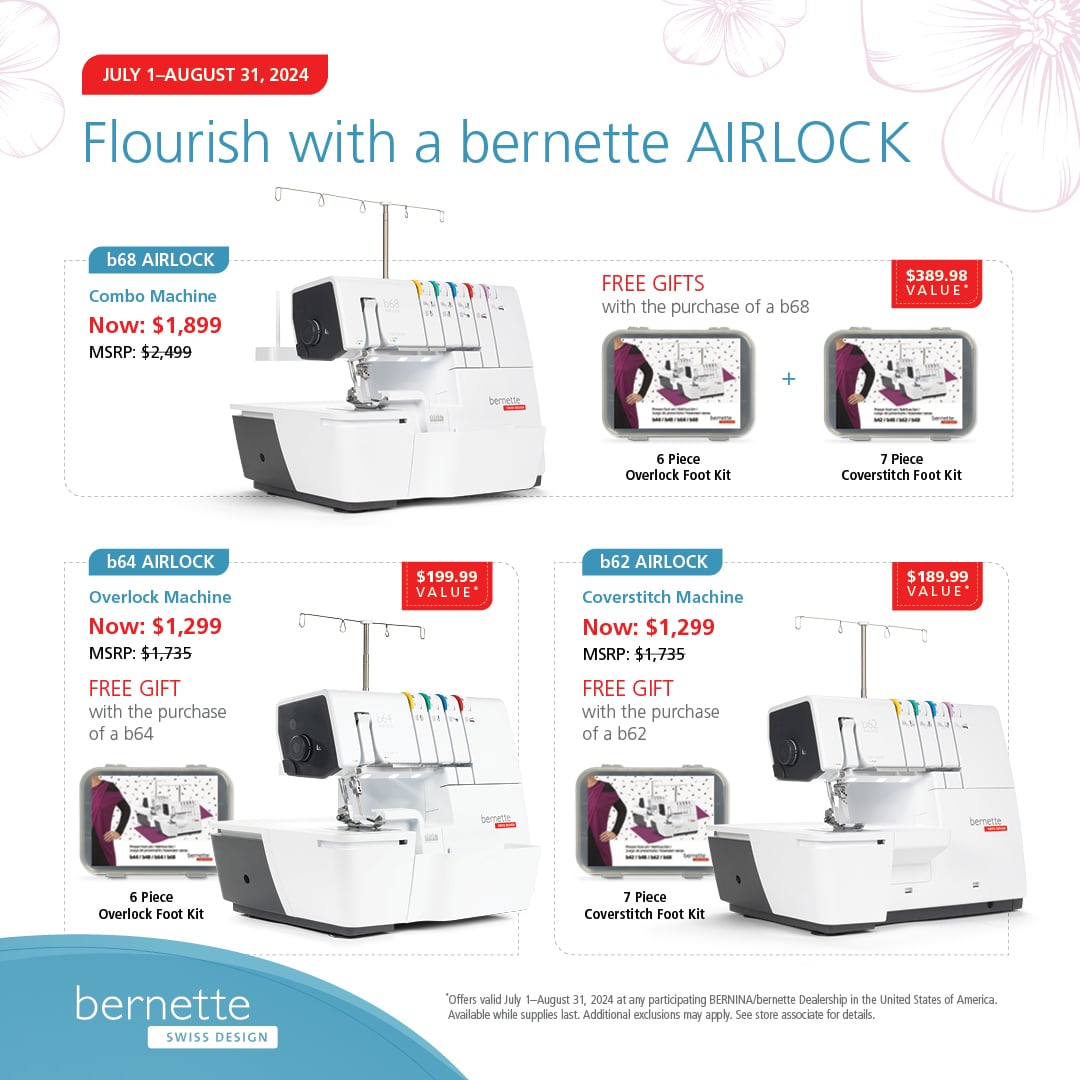
I will follow your new journey closely. Your quilts are amazing and exquisite. Hugs from Mexico